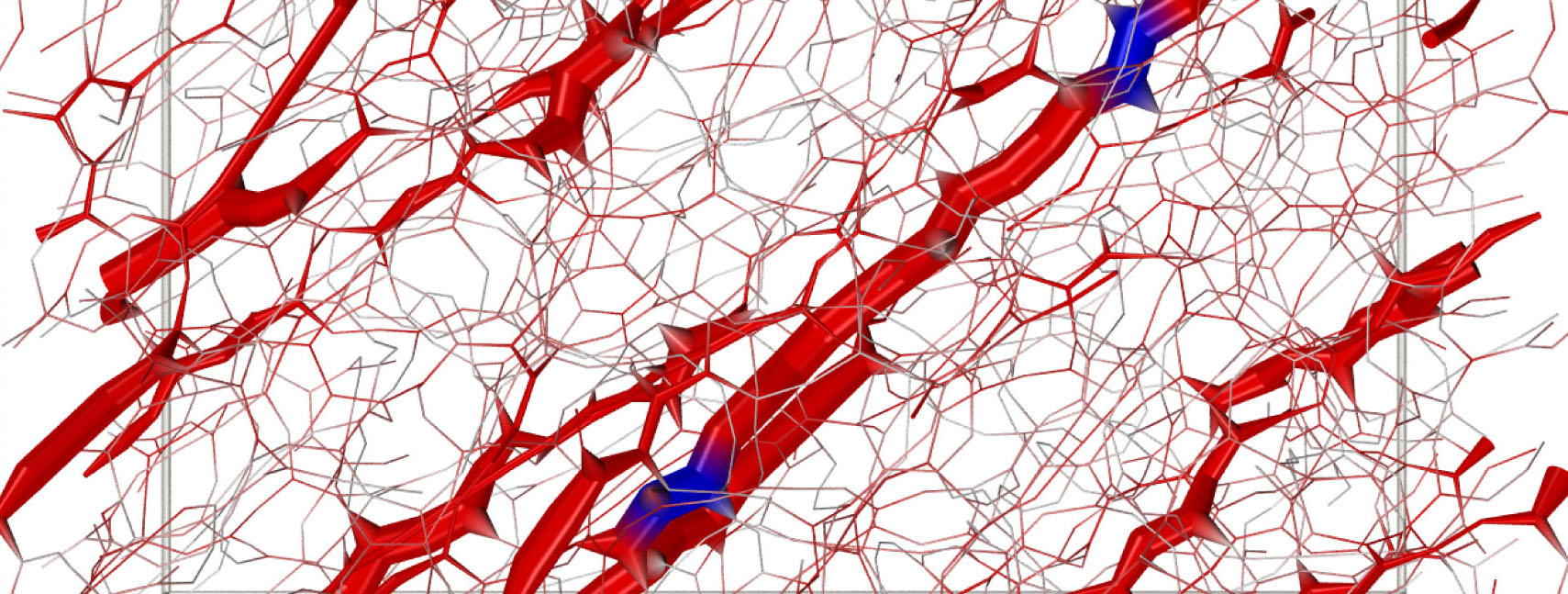Seminar at Cornell University

Next week, Emanuela will give a seminar at LASSP, Cornell University, on The physics of cement cohesion.
Concrete and cement are the foundation of our global infrastructure and have a key role in the growth which is required to support a world population projected to surge past 9 billion by mid-century, with more than 70% of it living in urban areas. More than 20 billion tons of concrete are produced every year, more than any other material on Earth, such that concrete production is responsible for nearly 10% of the whole anthropogenic production of CO2. Reducing CO2 emissions for concrete production, designing and optimizing material performances, resilience and durability is hence crucial to a sustainable growth and to meet Greet House Emissions reduction goals.
Strength and other mechanical properties of concrete rely on cement (its main binding agent) and the control of the formation/gelation of calcium-silicate-hydrates (C-S-H) . Lack of scientific insight into the structure and mechanics of C-S-H is a major obstacle to optimizing material performances and developing greener formulations of concrete. In recent years electron microscopy imaging, nano-indentation tests, X-rays and neutron scattering, NMR analysis, and atomistic simulations have elucidated several structural and mechanical features concentrated within a few nanometers.
A potential breakthrough has been combining such experimental insights with novel fundamental understanding gained through modeling and numerical simulations, which use statistical and condensed matter physics approaches to tackle the structural and mechanical complexity of the material over critical lengthscales. These achievements provide novel opportunities to transform cement production and use.
